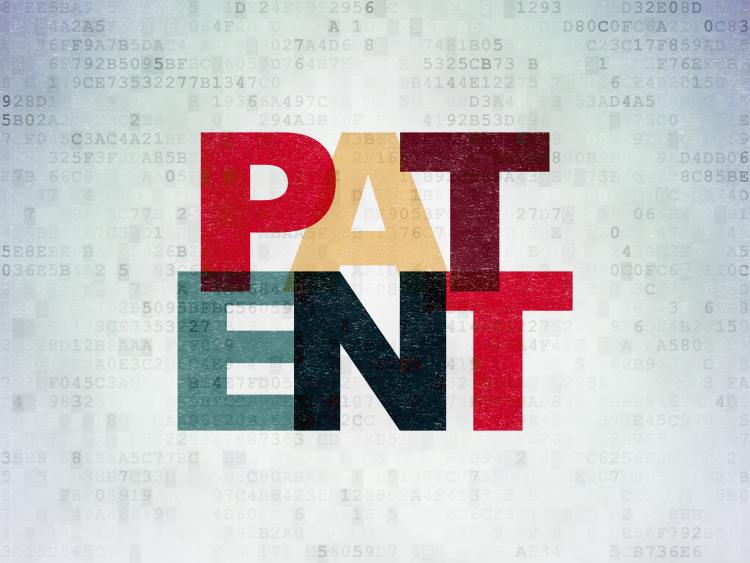
On November 3, 2020, the Canadian Intellectual Property Office (CIPO) issued a guidance document explaining how it will determine whether claimed subject-matter is patentable, particularly in respect of computer-implemented inventions, medical diagnostic methods and medical uses. This guidance document was issued in response to the Federal Court of Canada’s decision in Choueifaty v Canada (Attorney General), 2020 FC 837, as previously reported by the E-TIPS® Newsletter here.
CIPO’s guidance document states that, during claim construction, all elements set out in a claim will be presumed essential, unless it is established otherwise or is contrary to the language used in the claim. To be patentable, however, the claimed subject-matter must relate to an actual invention that either has physical existence or manifests a discernible physical effect or change. The identification of the actual invention will involve a consideration of all the elements of the claim that cooperate together to provide a solution to a problem. This means that a claim element, even if it is essential, may not be considered to form part of the actual invention if it has no material effect on the working of the invention or it does not cooperate with other elements of the claimed invention.
In practice, for a computer-implemented invention, the guidance document states that if a computer is merely used in a well-known manner, this use of the computer to implement a disembodied idea will not make the idea patentable. On the other hand, if running an algorithm on a computer improves the functioning of the computer (e.g., by reducing the computing resources used), then the invention would be patentable. In addition, if the actual invention is considered to include physical elements (e.g. sensors that collect data) or physical steps (e.g. drilling for oil after processing seismic data), it may be patentable.
For a diagnostic method, the guidance document states that a simple correlation of a specific analyte or the result of a medical test to a disease is considered to be a disembodied idea. However, if the actual invention is considered to include physical steps or physical means for identifying, detecting, measuring, etc. the presence or quantity of an analyte in a sample, the invention is patentable.
Regarding a medical use, the guidance document states that where the actual invention includes one or more essential elements that comprise an active medical treatment step or surgical step or that restrict, prevent, interfere with, or require the exercise of the professional skill and judgment of a medical professional (for e.g. if a medical professional is expected to monitor or adjust a treatment, or select a dosage from a range where not all dosages will work for all subjects), the invention is not patentable.
Summary By: Vanessa Komarnicki
E-TIPS® ISSUE
Disclaimer: This Newsletter is intended to provide readers with general information on legal developments in the areas of e-commerce, information technology and intellectual property. It is not intended to be a complete statement of the law, nor is it intended to provide legal advice. No person should act or rely upon the information contained in this newsletter without seeking legal advice.
E-TIPS is a registered trade-mark of Deeth Williams Wall LLP.
